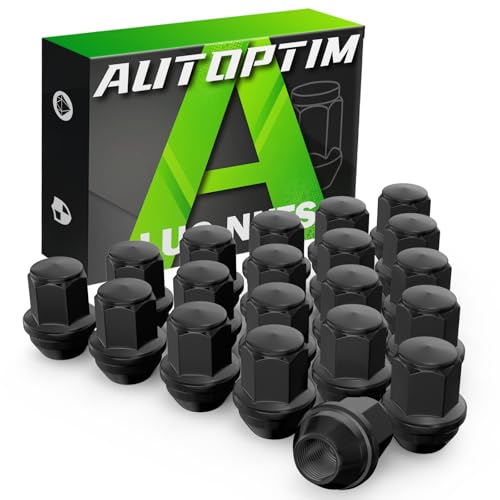iTzPayDay3x
Member
- Joined
- Oct 24, 2024
- Messages
- 6
- Reaction score
- 0
- Location
- Orange County
- My Car
- Picked my baby up from a classic car collector. He was fixing it up for his son, but his son wanted a newer car lol
What’s up mustang fam,
I just installed a new thermostat as well as the housing in my ‘72 Grande. I had a pretty bad coolant leak so figured it could be the thermostat. My brother and I were working on the new thermostat installation when we noticed the housing unit we were replacing didn’t even have a thermostat, which we found strange.
After the install, we ran the car for a few minutes to get the new coolant running through after we flushed the radiator with water. While running the car, the upper hose got very hot, the lower hose was warm but definitely not as bad as the upper.
We ofc turned the car off then tried to start it a couple minutes later, then smoked started coming out of the cool air intake by the carburetor.
We figured since the car didn’t have a thermostat, we could remove the new one since that may have caused the car similar problems in the past. But then what about my coolant leak? Do I need a new radiator and scratch the thermostat?
Any ideas and suggestions would be very appreciated.
I just installed a new thermostat as well as the housing in my ‘72 Grande. I had a pretty bad coolant leak so figured it could be the thermostat. My brother and I were working on the new thermostat installation when we noticed the housing unit we were replacing didn’t even have a thermostat, which we found strange.
After the install, we ran the car for a few minutes to get the new coolant running through after we flushed the radiator with water. While running the car, the upper hose got very hot, the lower hose was warm but definitely not as bad as the upper.
We ofc turned the car off then tried to start it a couple minutes later, then smoked started coming out of the cool air intake by the carburetor.
We figured since the car didn’t have a thermostat, we could remove the new one since that may have caused the car similar problems in the past. But then what about my coolant leak? Do I need a new radiator and scratch the thermostat?
Any ideas and suggestions would be very appreciated.




























































